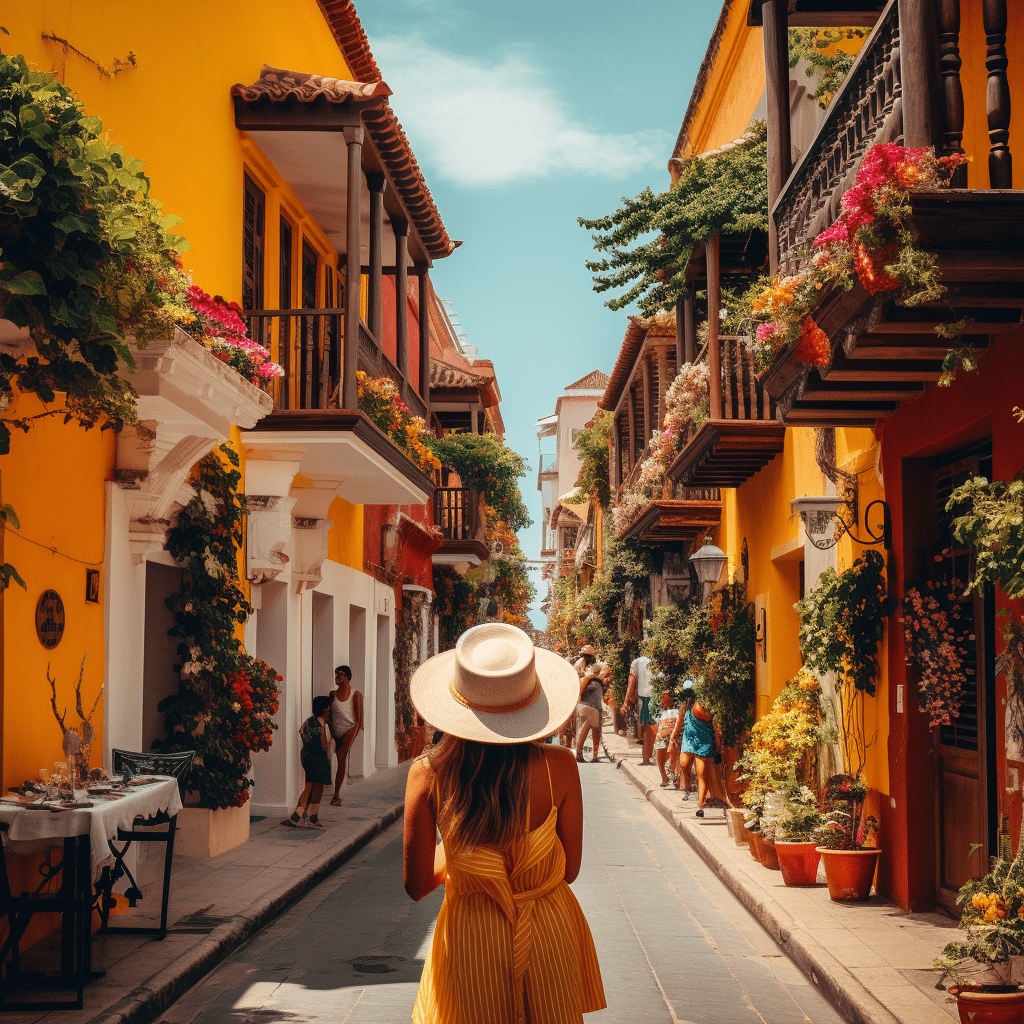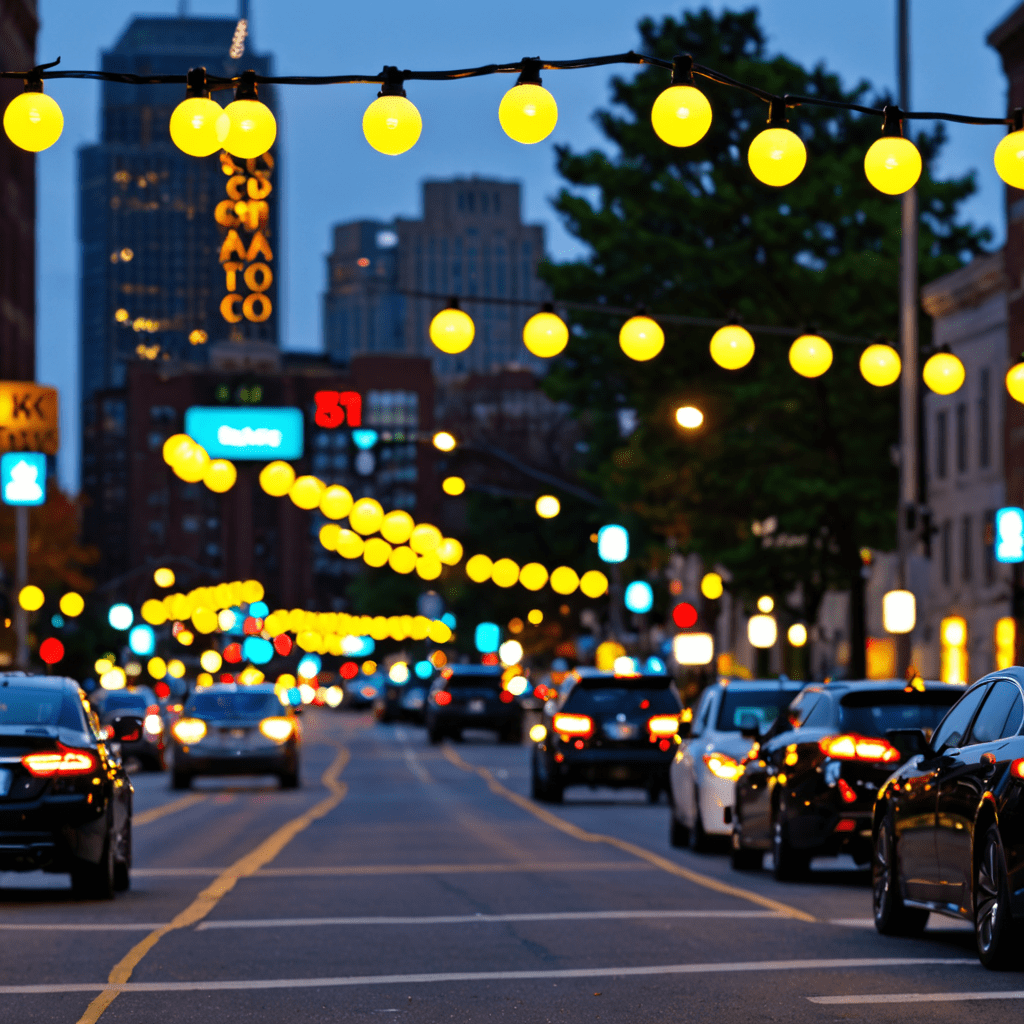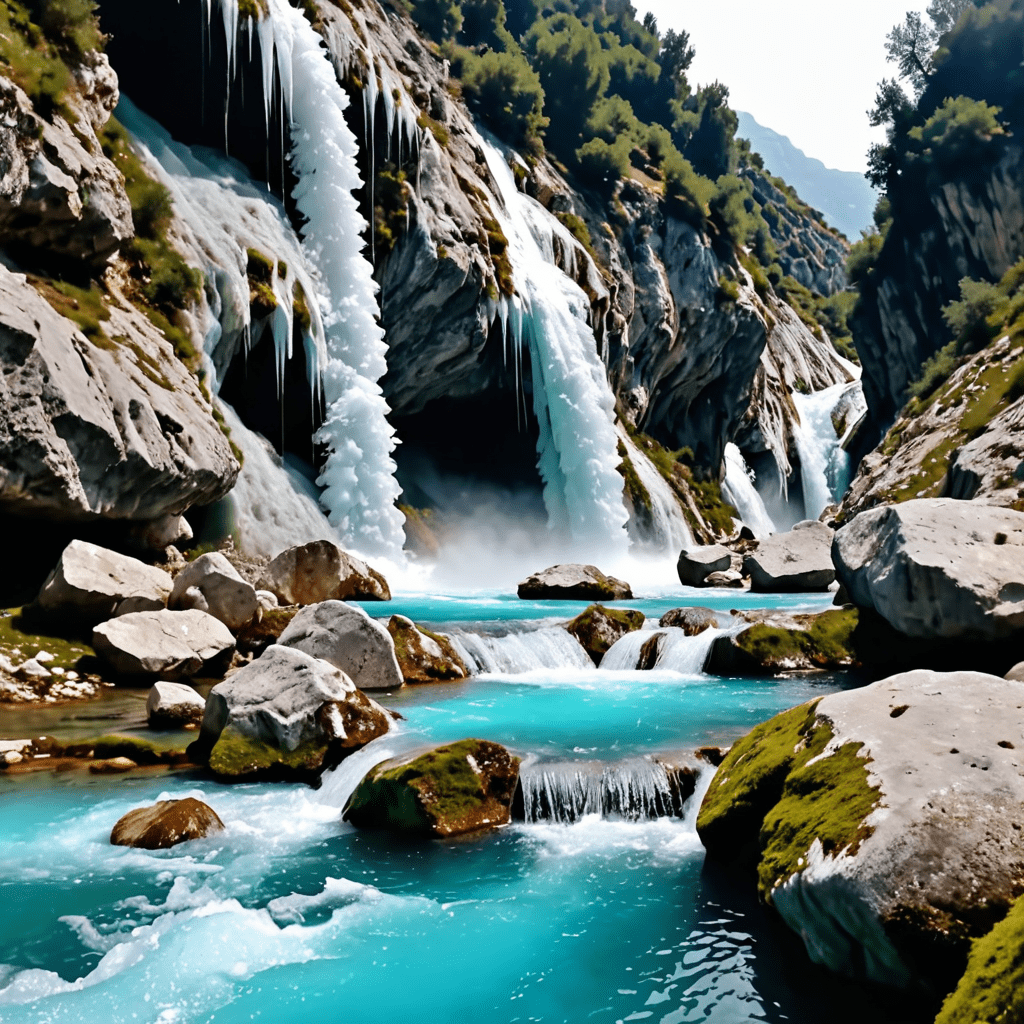
What to Do in Cartagena Colombia
Cartagena, a vibrant city on Colombia’s Caribbean coast, is a popular destination for tourists seeking a unique mix of history, culture, and natural beauty. With its charming colonial architecture, colorful streets, and warm Caribbean waters, Cartagena offers a plethora of activities and attractions for visitors to enjoy. Whether you’re interested in exploring its historical landmarks, indulging in local cuisine, or simply relaxing on pristine beaches, there’s something for everyone in Cartagena. Here are six must-do activities to help you make the most of your trip to this captivating city.
1. Discover the Walled City
One of the most iconic features of Cartagena is its beautifully preserved Old Town, also known as the Walled City. Step back in time as you wander through the narrow cobblestone streets lined with vibrant bougainvillea and colorful colonial buildings. Stop by the iconic Clock Tower and marvel at the magnificent architecture of the San Pedro Claver Church. Don’t forget to visit the Plaza de los Coches, a bustling square filled with street performers and vendors selling local handicrafts.
2. Explore the Castillo San Felipe de Barajas
Perched on a hill overlooking the city, the Castillo San Felipe de Barajas is a fortress that offers breathtaking panoramic views of Cartagena. Built during the colonial era, this imposing structure is a testament to the city’s rich history. Explore the maze-like tunnels, walk along the battlements, and learn about the fortress’s strategic importance in defending the city. For a truly captivating experience, consider taking a guided tour to uncover the secrets and stories behind this impressive fortification.
3. Indulge in Caribbean Cuisine
Cartagena is a food lover’s paradise, offering a tantalizing array of Caribbean flavors and traditional Colombian dishes. Don’t miss the opportunity to savor local delicacies such as ceviche, arepas, and empanadas. One popular dish to try is the seafood-based dish called cazuela de mariscos, a savory stew bursting with fresh ingredients. For a unique dining experience, book a table at a palenquera restaurant, where you can enjoy traditional Afro-Caribbean cuisine passed down through generations.
4. Relax on the Beaches of Islas del Rosario
Just a short boat ride from Cartagena lies the stunning archipelago of Islas del Rosario. Comprising over 27 pristine coral islands, this natural paradise is perfect for beach lovers and snorkeling enthusiasts. Lounge under the swaying palm trees, soak up the sun on white sandy beaches, or dive into the crystal-clear waters to explore the colorful underwater world. Take a day trip or consider staying overnight at one of the secluded eco-lodges for a truly immersive island experience.
5. Take a Day Trip to Playa Blanca
If you’re looking for a beach closer to the city, Playa Blanca is the perfect choice. Located on the nearby Isla Barú, this idyllic stretch of coastline boasts turquoise waters and powdery white sand. Spend your day swimming, snorkeling, or simply lounging on the beach while enjoying delicious seafood from the local vendors. Be sure to catch a mesmerizing sunset before heading back to Cartagena.
6. Experience the Vibrant Nightlife
When the sun sets, Cartagena comes alive with a vibrant nightlife scene. From lively salsa bars to trendy rooftop lounges, there’s no shortage of places to enjoy music, dancing, and cocktails. Wander through the picturesque streets of Getsemaní, a bohemian neighborhood known for its hip bars and live music venues. For a more upscale experience, head to the upscale neighborhood of El Cabrero, home to chic nightclubs and upscale restaurants.
FAQ
Q: When is the best time to visit Cartagena?
A: The best time to visit Cartagena is during the dry season, which runs from December to April. The weather is hot and sunny, making it ideal for exploring the city and enjoying its beaches. However, keep in mind that this is also the peak tourist season, so expect larger crowds and higher prices. If you prefer fewer tourists, consider visiting during the shoulder seasons of May to June or November.
Q: Is Cartagena safe for tourists?
A: Cartagena is generally safe for tourists; however, it is always important to take standard precautions. Avoid walking alone at night in dimly lit areas and be cautious of your belongings in crowded places. It is recommended to stay in well-known tourist areas and use reputable transportation services.
Q: What currency is used in Cartagena?
A: The official currency of Colombia is the Colombian Peso (COP). It is recommended to exchange your currency for Colombian Pesos upon arrival, as many smaller establishments may not accept foreign currencies or credit cards. ATMs are widely available throughout the city for cash withdrawals.
Q: Do I need a visa to visit Cartagena?
A: Depending on your nationality, you may need a visa to enter Colombia. Citizens of many countries, including the United States, Canada, and the European Union, can enter Colombia for tourism purposes without a visa for a certain period. Check with your local Colombian consulate or embassy to determine if you need a visa for your trip.
Q: Are there any cultural norms or customs to be aware of in Cartagena?
A: In Cartagena, it is customary to greet others with a handshake and maintain eye contact during conversations. It is also polite to address people by their titles and last names until a closer relationship is established. Respect the local culture and customs, dress modestly when visiting religious sites, and ask for permission before taking photos of individuals.
Q: What are some popular day trips from Cartagena?
A: In addition to the aforementioned Islas del Rosario and Playa Blanca, other popular day trips from Cartagena include visiting the Totumo Mud Volcano, exploring the beautiful Tayrona National Park, or venturing to the colorful town of Palenque. These day trips offer unique experiences and opportunities to witness the diverse natural beauty and cultural heritage of the region.


